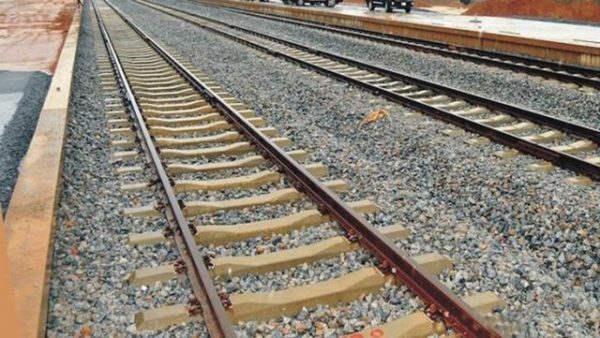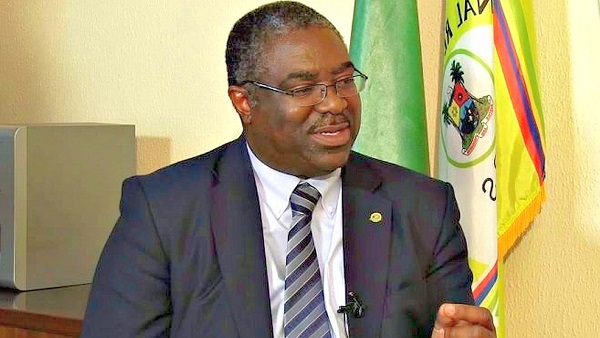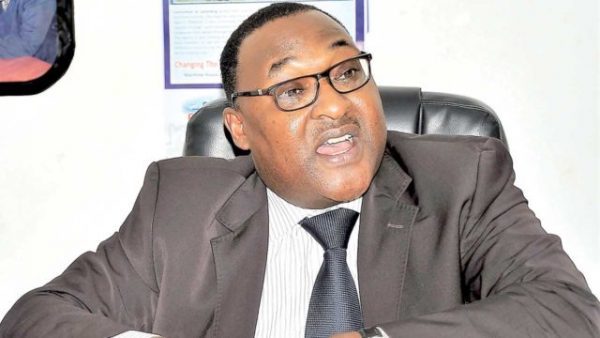Cargo evacuation by rail resumes at Lagos port

To rescue trapped cargoes and ensure seamless evacuation of containers, the Nigerian Shippers’ Council (NSC), has resumed rail operations to APM Terminal, in Lagos Port.
The Executive Secretary, NSC, Hassan Bello, said the revival of rail evacuation would help decongest the terminal and allow export cargoes trapped at various private garages and port corridors access the ports through the road.
Bello, who was represented by the Director, Regulatory Services, Mrs Ifeoma Ezedinma, at the official flag-off in Lagos, said export is key to the growth of the nation’s economy, and the terminals must be decongested for export goods to gain access into the port.
Bello also disclosed that there is an existing Standard Operating Procedures (SOP) developed between the Nigerian Railway Corporation (NRC), and APM Terminal Apapa, to be supervised by the Council for cargo evacuation from the seaport through rail.
He said: “Evacuation of cargoes through the seaports will be done through railway, badges, and eventually, export cargoes will be mandated to come through the roads because, with rail and badges, the port will be decongested for export to come in through the road.“
Noting that the cost of freighting cargoes is less compared to other modes of transportation, Bello assured that the Council will monitor the process for compliance and sustainability.
His words, “the cost will be reduced because the economy of demand and supply that is the market forces will come in and also right whoever causes a delay in the supply chain will pay because we will monitor the process.“
The External Affairs Manager, APM Terminals, Daniel Odibe, disclosed that the new SOP will help bridge communication gap that it had experienced with NRC in the past, and ultimately lead to more efficient cargo evacuation through the rail.
He said: “This is an important milestone being achieved here. It is something we have always asked for. We want to have a Standard Operating Procedure for receiving trains into the terminal and servicing them.
“It definitely helps planning when you have free information about what is coming to you and when it is coming to you… If we don’t have an agreed standard way of operating with the parties involved, you’ll definitely have gaps in communication.
“So we really commend the Shippers’ Council for bringing today together NRC and APM Terminals to bridge that communication gap.
“Right now we have an SOP that we enable us to receive the right containers coming to APMT without any hindrance and also enable us to service the trains within the agreed timelines. We do not envisage more challenges with the commencement of the SOP, and it will also create a platform for us to meet, review the past and seek ways to improve.
“What we proposed was for four trains in a day within every 12 hours, but NRC adviseD we start with two, and scale up as we go, and assured that the process will be sustained.”
He noted that with a section of the bridge closed, it will go a long way to decongest the terminals at the port.








We appreciate the great efforts of MMS on maritime issues, on this APMT and NRC arrangement how do we (freight forwarders) benefit from the arrangement, do we go to APMT or NRC for payment, where and are their roots. Thank you